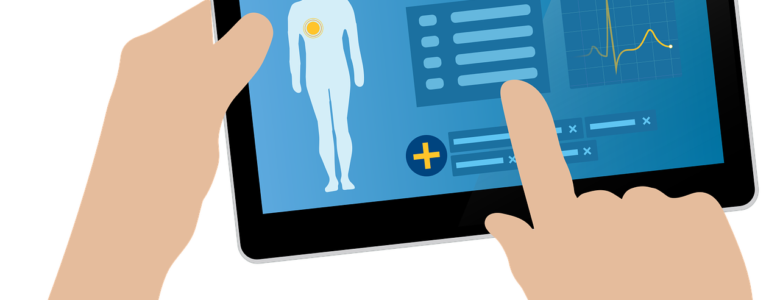Not everyone has access to good healthcare.Telemedicine increasingly serves as the bridge across the access gap, providing service solutions in a wide variety of specialties, and in unexpected ways. Telehealth practitioners provide clinical services to patients by making use of electronic communications, specifically common voice and video technology. Services might occur via teleconferencing, image sharing, or remote patient monitoring. Here are 8 amazing ways telemedicine is changing healthcare:
1. DIAGNOSIS AND TREATMENT OF STROKE
According to research carried out in Georgia, stroke patients who went to a hospital that is part of a telestroke network received treatment 20 minutes faster than those in hospitals outside the network. Because a stroke victim has an increased rate of survival in proportion to the speed of diagnosis and treatment, early treatment is crucial. Fortunately, this is exactly what telemedicine makes possible.
2. INTENSIVE CARE UNIT (ICU) MONITORING
Telemedicine provides great support within the ICU. It functions mainly to help physicians and nurses maintain their focus amid the myriad distractions that arise in a hospital. As a result, practitioners follow procedures for keeping proper track of a patient’s medication, monitoring blood pressure, and so on more consistently and effectively.
3. POST-DISCHARGE REHABILITATION
Telemedicine now helps with discharged patients as they undergo their rehabilitation at home. This is a great help considering how challenging it can be for rehabilitating patients to travel to healthcare facilities. The primary use of telemedicine in this context is allowing patients to participate in online education groups.
4. REDUCTION OF HEART DISEASE RISKS
To buck the trend of deaths as a result of cardiovascular diseases, patients must work closely with doctors for help in the areas of losing weight, quitting smoking, and so on. Through telelemedicine, patients can eliminate the hassle of frequently going to a doctor’s office. Patients are happy to go online to send and receive information from their healthcare provider, and generally find it much more convenient and efficient than a typical office visit.
5. DIABETES MONITORING
Diabetes patients benefit a great deal from telemedicine. It is easier to track a patient’s calorie intake, monitor medication and doses, and log workouts, among other things, with the help of mobile technology. Among groups of diabetic patients, older adults see the most advantage from the incorporation of telemedicine to their treatment and monitoring.
6. MANAGEMENT OF CHRONIC CONDITIONS
There are various long-term chronic conditions that can make good use of patient self-management, now possible through telemedicine. Hypertension and some varieties of digestive-related diseases are examples of such conditions. In cases like these, utilizing telemedicine for patient management reduces the number of inpatient visits the patients need to make and improves patient management.
7. ACCESS TO ORAL HEALTH SERVICES
Telemedicine improves dentistry access and services by allowing dentists to share information. As a result, specialists can recommend solutions before a condition worsens and results in excessive costs. This process is particularly helpful to those in rural areas.
8. DERMATOLOGY CONSULTATIONS
Dermatology is another area of medicine that embraces telemedicine. Patients with skin problems now can send an image of their skin to a direct dermatologist, along with their health history, and receive a determination in two days. This saves patients the inconvenience of constant referrals from one specialist to another.
Telemedicine enhances healthcare in many ways, and has made navigating healthcare easier for practitioners and their patients. Give CIS a call to find out how telemedicine can improve and expand the services you provide!

